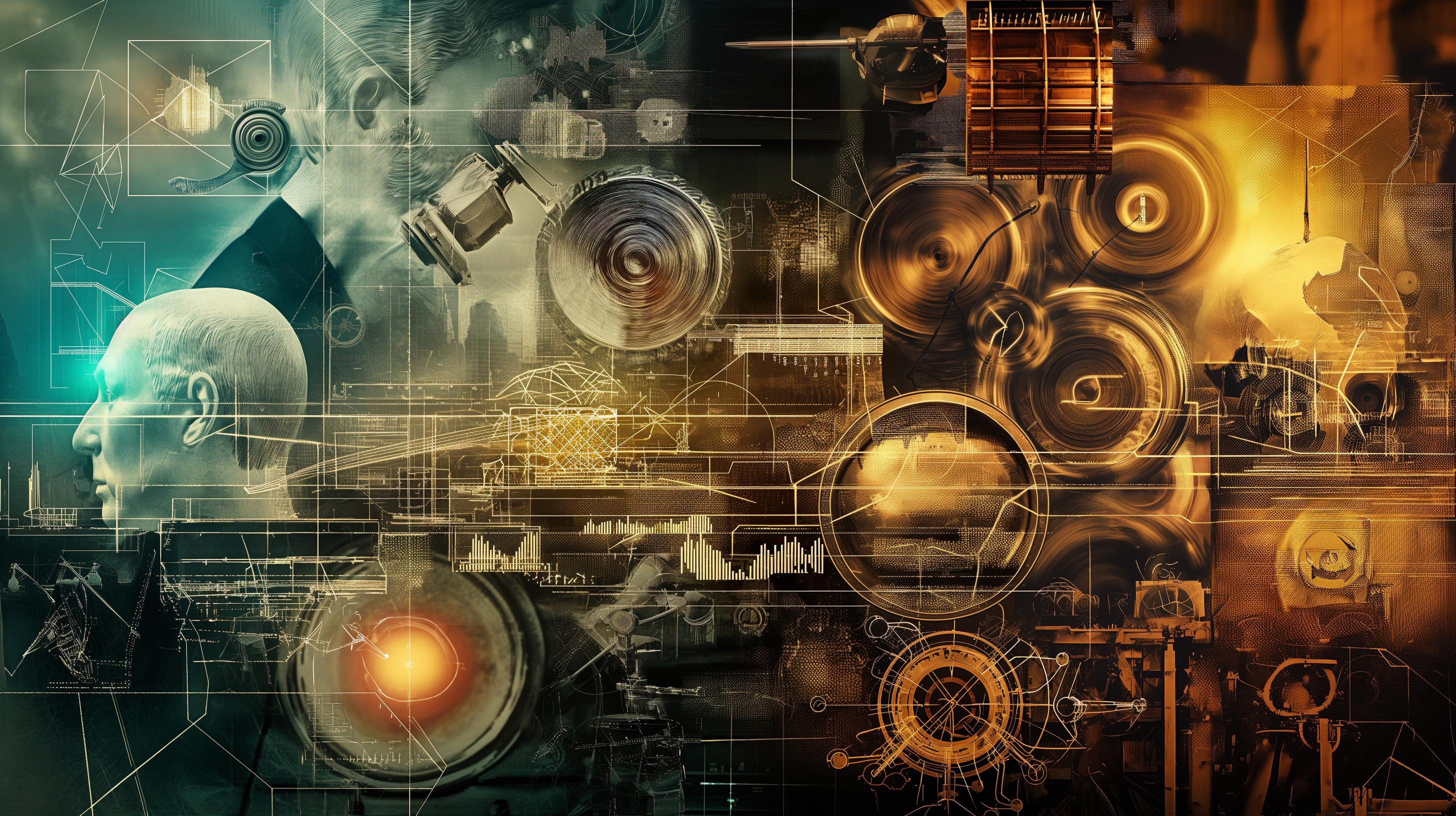
The evolution of metal finishing in the industry has seen significant advancements over the centuries, evolving from rudimentary techniques to sophisticated modern processes. This article explores the history, key technological advancements, current trends, and future predictions of the metal finishing industry, highlighting the role of AFAC Ltd in driving these innovations.
Historical Overview: Evolution of Metal Finishing Techniques
Early Methods
Metal finishing has been practiced since ancient times, primarily for decorative and protective purposes. Early methods included:
- Polishing and Buffing: Using abrasive materials to smooth and shine metal surfaces.
- Electroplating: First developed in the early 19th century, this process involved coating metal objects with a thin layer of another metal using electrical current.
- Anodising: Invented in the 1920s, anodising enhanced the natural oxide layer on metals like aluminum to increase corrosion resistance and aesthetic appeal.
Mid-20th Century Developments
The mid-20th century marked significant progress in metal finishing techniques, driven by industrial demands:
- Galvanising: Coating iron or steel with zinc to prevent rusting became widespread.
- Powder Coating: Introduced in the 1960s, this method used dry powder applied electrostatically and cured under heat, providing a durable finish.
Evolution of Metal Finishing: Key Technological Advancements
Evolution of Metal Finishing: Automation and Robotics
The integration of automation and robotics has revolutionized metal finishing:
- Precision and Efficiency: Automated systems ensure consistent quality and significantly reduce production times.
- Safety: Robotics minimise human exposure to hazardous chemicals and environments.
Evolution of Metal Finishing: Advanced Coatings
Technological advancements have led to the development of superior coating materials and methods:
- Ceramic Coatings: Provide extreme heat resistance and durability, ideal for high-performance applications.
- Nano Coatings: Utilise nanotechnology to create ultra-thin, protective layers with unique properties like self-cleaning and anti-corrosion.
Environmental Regulations
Stricter environmental regulations have prompted the development of eco-friendly metal finishing processes:
- Water-Based Coatings: Replace solvent-based products, reducing volatile organic compound (VOC) emissions.
- Closed-Loop Systems: Recycle and reuse water and chemicals, minimising waste and environmental impact.
Evolution of Metal Finishing: Current Trends in the Industry
Sustainable Practices
Sustainability is a major focus in the metal finishing industry today:
- Eco-Friendly Materials: Increasing use of biodegradable and non-toxic materials.
- Energy Efficiency: Implementation of energy-efficient technologies to reduce the carbon footprint.
Digital Transformation
Digital technologies are transforming metal finishing processes:
- Internet of Things (IoT): Enables real-time monitoring and optimisation of finishing processes.
- Artificial Intelligence (AI): AI-driven analytics improve quality control and predictive maintenance.
Customisation and Flexibility
The demand for customised solutions is growing:
- Bespoke Finishing: Tailored finishes for specific applications and industries.
- Rapid Prototyping: Advanced manufacturing techniques like 3D printing facilitate quick prototyping and testing of new finishes.
Evolution of Metal Finishing: Predictions for the Future
Smart Manufacturing
The future of metal finishing lies in smart manufacturing:
- Integration of AI and Machine Learning: These technologies will further enhance process efficiency and quality.
- Fully Automated Facilities: Factories of the future will be highly automated, reducing human intervention and error.
Advanced Materials
Continuous research and development will yield new materials with unprecedented properties:
- Self-Healing Coatings: Coatings that can repair themselves when damaged, extending the lifespan of finished products.
- Biocompatible Finishes: Development of coatings suitable for medical and wearable technologies.
Globalisation and Market Expansion
The evolution of metal finishing industry will continue to expand globally:
- Emerging Markets: Increased demand from developing countries will drive industry growth.
- Global Standards: Harmonisation of international standards will facilitate smoother trade and collaboration.
Evolution of Metal Finishing: AFAC Ltd Role in The Industry
Pioneering Innovations
AFAC Ltd has been at the forefront of metal finishing innovations:
- Product Development: Our commitment to research and development has led to the creation of cutting-edge masking solutions that meet the evolving needs of the industry.
- Technology Adoption: We continuously integrate the latest technologies to enhance our production capabilities and product quality.
Commitment to Sustainability
Sustainability is a core value at AFAC Ltd:
- Eco-Friendly Practices: We prioritise environmentally friendly materials and processes in our operations.
- Energy Efficiency: Our facilities are equipped with energy-efficient technologies to minimise our carbon footprint.
Customer-Centric Approach
Our success is driven by our dedication to our customers:
- Customised Solutions: We work closely with our clients to develop bespoke masking solutions tailored to their specific requirements.
- Exceptional Service: Our team is committed to providing outstanding service and support to ensure customer satisfaction.
Conclusion
The evolution of the metal finishing industry from traditional methods to modern innovations is a testament to human ingenuity and technological progress. As the industry continues to advance, AFAC Ltd remains committed to leading the way with innovative, sustainable, and customer-focused solutions. With over 40 years of experience, we look forward to contributing to the future of metal finishing, setting new standards for excellence and efficiency.
For more information about our products and services, visit AFAC Ltd.







